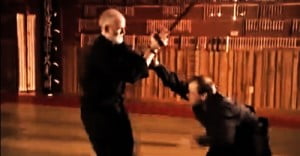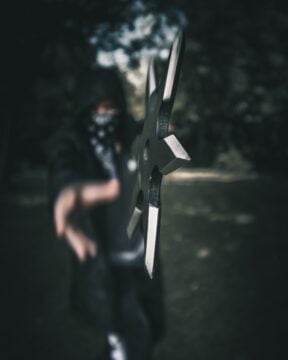The espionage equipment evolved together with the advance of technology, along the history. At the beginning, when the espionage relied almost entirely, on human resources, the equipment was not really sophisticated, rather ingenious. Some of it, actually was so ingenious that it was further improved and used until modern history. This is the example of “scytale”, a cryptographic device used by the Spartans. This was a secure way of communication and was nothing but a rod. Only it took a rod of the same size, to wrap a piece of paper around it, in order to read the message on it. Otherwise, the message was unreadable. The single-key-paper cyphers and the Enigma, the German cryptographic machine used in World War II are some of the scytale successors.
Also for communication, a form of delivery was the “dead drop”. The dead drop is used even today and means leaving a message in an unsuspicious place, like a crack in a tree or a building. Another unsuspicious object may be left underneath, to mark the existence of a message, in that place.
Animal horns were used as listening devices, to amplify the sound. They were used not only for spying but also by the deaf people.
Lenses have been used, as surveillance equipment, in monoculars, binoculars, since their apparition but before them, any building may have had hidden chambers, with tiny holes, in the walls. From the secret chambers, one could spy, seeing and hearing anything that was happening, supposedly confidentially, in another room.
The surveillance equipment developed tremendously, once the photographic camera was invented. This way, the espionage equipment became easier to use, carry and more difficult to detect. From cameras built in pens, regular glasses and watches, to the cell phones commonly used today, the espionage equipment has also become widely accessible and thus, leading to the apparition of regulation laws, due to privacy concerns.






